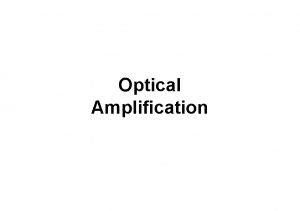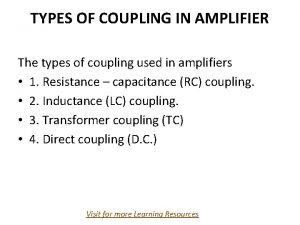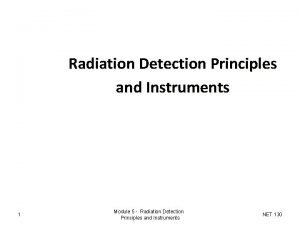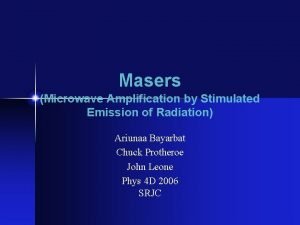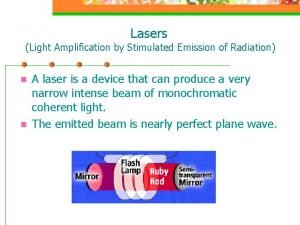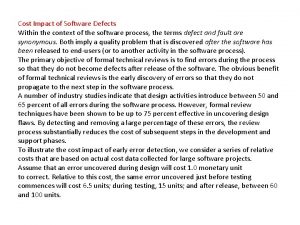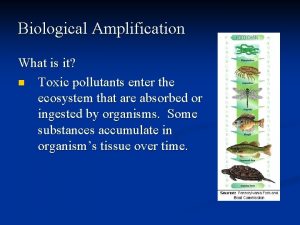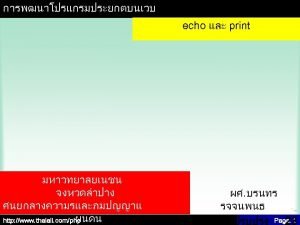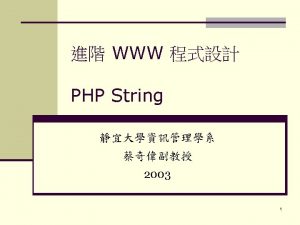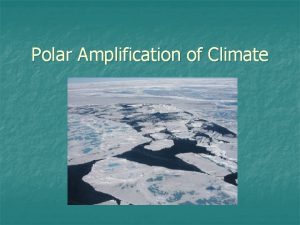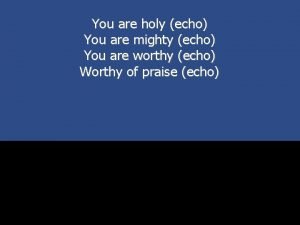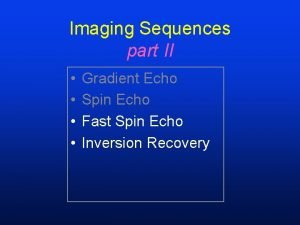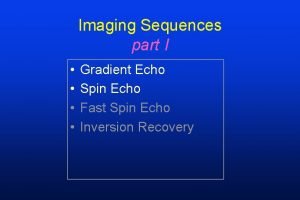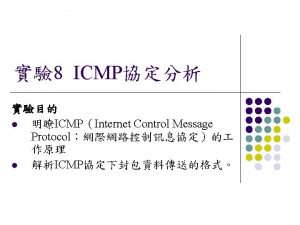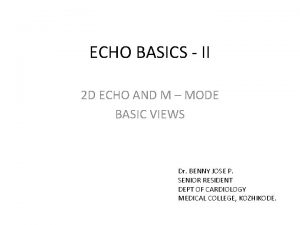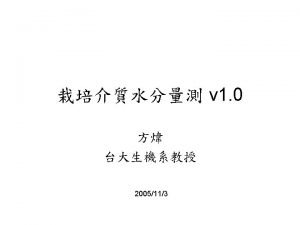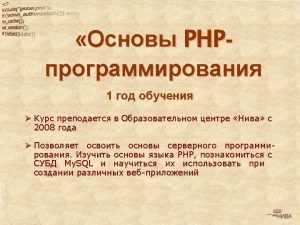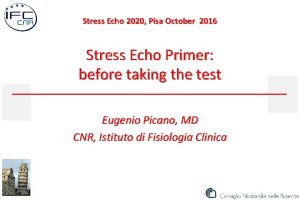Amplification of the Mean Echo Signal Power of
















- Slides: 16

Amplification of the Mean Echo Signal Power of a Coherent Lidar in a Turbulent Atmosphere V. A. Banakh, A. V. Falits V. E. Zuev Institute of Atmospheric Optics SB RAS Tomsk Russia

Backscatter amplification effect in random media M. S. Belen’kii, V. L. Mironov, Soviet Journal of Quantum Electronics, 1973 A. G. Vinogradov, Yu. A. Kravtsov, and V. I. Tatarskii, Radiophysics and Quantum Electronics, 1973 V. A. Banakh, V. L. Mironov “Lidar in a turbulent atmosphere”, 1987 is the intensity correlation function of a spherical wave incident on a scatterer is maximal as compared to A. S. Gurvich. Russian Federation Patent No. 116245, 2012 I. A. Razenkov, V. A. Banakh, A. I. Nadeev. Russian Federation Patent No. 153460, 2015

Two receiver channels (BSA) lidar for estimation of the strength of refractive turbulence Ratio of the mean powers of echo signals in the channels determines the coefficient of backscatter amplification depending on the turbulence strength

Experiment Scheme of the experiment Comparison of temporal variations of the amplification coefficient N and variance of the optical image jitter registered on a probing path . The variance is proportional to the integral value of the Cn 2 on a probing path.

Cn 2 measured by sonic meteostations 1617 June 2017. Path 2 km. Amplification coefficient N measured by BSA lidar simultaneously with the sonic meteostations. Cn 2 measured by the optical measurer (orange) and sonic meteostations (green and blue). Amplification coefficient (black).

Experimental overview Coherent Doppler Lidar Meteostation 1 100 m Meteostation 2 400 м Screen Stream Line Meteostation 3 100 m Distance between lidar and screen is 495 м

Mean power of a coherent lidar echo signal

Computer simulation of and for the Stream. Line lidar parameters on a 500 m path

Mean power of the Stream. Line lidar echo signal

Mean power for monostatic and bistatic schemes. Calculations for the Stream. Line lidar beam parameters

The structure constant of turbulent fluctuations of the refractive index of air and the signal-to-noise ratio of the Stream Line lidar as functions of time Local time, h: min

Experiment on 9 June 2018. 450 m path

SNR versus Cn 2 SNR

All experimental data June 2017 Correlation coefficient SNR 0. 91 0. 71 0. 86 0. 51 0. 72

Temporal variations of SNR for Stream. Line lidar and amplification coefficient N for BSA lidar

Conclusions • Mean power of the echo signal of a coherent lidar can increase in a turbulent atmosphere because of the effect of backscatter amplification in random media • On surface paths temporal variations of SNR of a coherent lidar follow to temporal variations of the structure constant of turbulent fluctuations of the air refractive index with high correlation in the most part
![[-n $home] 2 echo $? 3 [-z shome] 4 echo $? [-n $home] 2 echo $? 3 [-z shome] 4 echo $?](data:image/svg+xml,%3Csvg%20xmlns=%22http://www.w3.org/2000/svg%22%20viewBox=%220%200%20200%20200%22%3E%3C/svg%3E) [-n $home] 2 echo $? 3 [-z shome] 4 echo $?
[-n $home] 2 echo $? 3 [-z shome] 4 echo $? Edfa gain spectrum
Edfa gain spectrum Triangle of power
Triangle of power Baseband signal and bandpass signal
Baseband signal and bandpass signal Baseband signal and bandpass signal
Baseband signal and bandpass signal Digital signal as a composite analog signal
Digital signal as a composite analog signal Even odd signals
Even odd signals Transformer coupling is used for amplification
Transformer coupling is used for amplification Statistical sqa
Statistical sqa Gas amplification curve
Gas amplification curve Moral panic
Moral panic Maser vs laser
Maser vs laser Metastable state
Metastable state Jfet
Jfet Monomyth amplification
Monomyth amplification Cost impact of software defects
Cost impact of software defects Biological amplification definition
Biological amplification definition
![[-n $home] 2 echo $? 3 [-z shome] 4 echo $? [-n $home] 2 echo $? 3 [-z shome] 4 echo $?](https://slidetodoc.com/wp-content/uploads/2021/03/4520173_09339f8d6296694d67adb66823cc7f1f-300x225.jpg)
